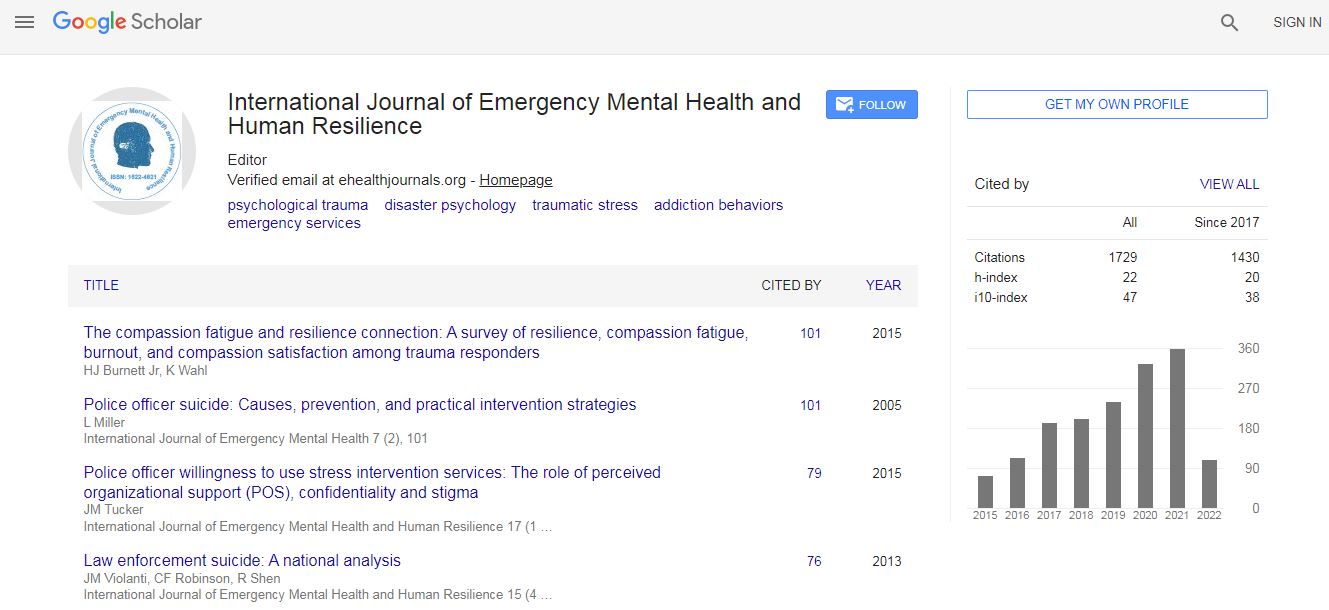Letter to Editor
Distortions of Time Perception during Critical Situations
Monara Nunes1*, Diandra Martins e Silva1, Victor Hugo Bastos1,2, Gildário Dias3, Fernando Silva- Júnior3,4, Silmar Teixeira41Brain Mapping and Functionality Laboratory (LAMCEF/UFPI), Federal University of Piauí, Brazil
2Brain Mapping and Sensorial Motor Integration, Institute of Psychiatry of Federal University of Rio de Janeiro (IPUB/UFRJ), Brazil
3Laboratory of Neurophysics (LANF/UFPI), Federal University of Piauí, Parnaíba, Brazil
4Brain Mapping and Plasticity Laboratory (LAMPLACE/UFPI), Federal University of Piauí, Parnaíba, Brazil
- *Corresponding Author:
- Monara Nunes
Brain Mapping and Functionality Laboratory (LAMCEF/UFPI)
Federal University of Piauí
Brazil
E-mail: monarakedma@hotmail.com
Abstract
Humans are good at estimating durations of time. The person's time perception is affected by emotion (Eiser, 2009). To allow for these predictions, an internal signal that provides the organism with a sense of time has to exist. An information-processing model of Scalar Expectancy Theory (SET) and its evolution into the neurobiologically plausible Striatal Beat-Frequency (SBF) theory, contemporaneously are the most accepted to explain this ability to perceive time (van Rijn, Gu & Meck, 2014). According to this theory initially developed by Gibbon et al, the “internal clock” is comprised of a pacemaker that emits pulses at a regular rate and a switch controls how many pulses enter into an accumulator, which stores the number of pulses during the event to be timed. With longer stimulus duration, more pulses are accumulated and consequently the higher the value of the time (Weber’s law) (Gibbon, 1977).

 Spanish
Spanish  Chinese
Chinese  Russian
Russian  German
German  French
French  Japanese
Japanese  Portuguese
Portuguese  Hindi
Hindi 